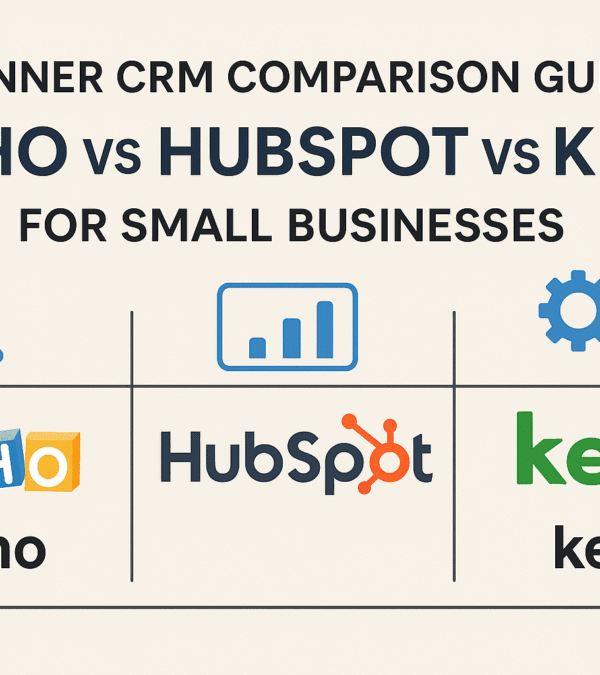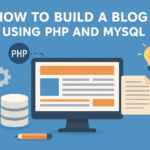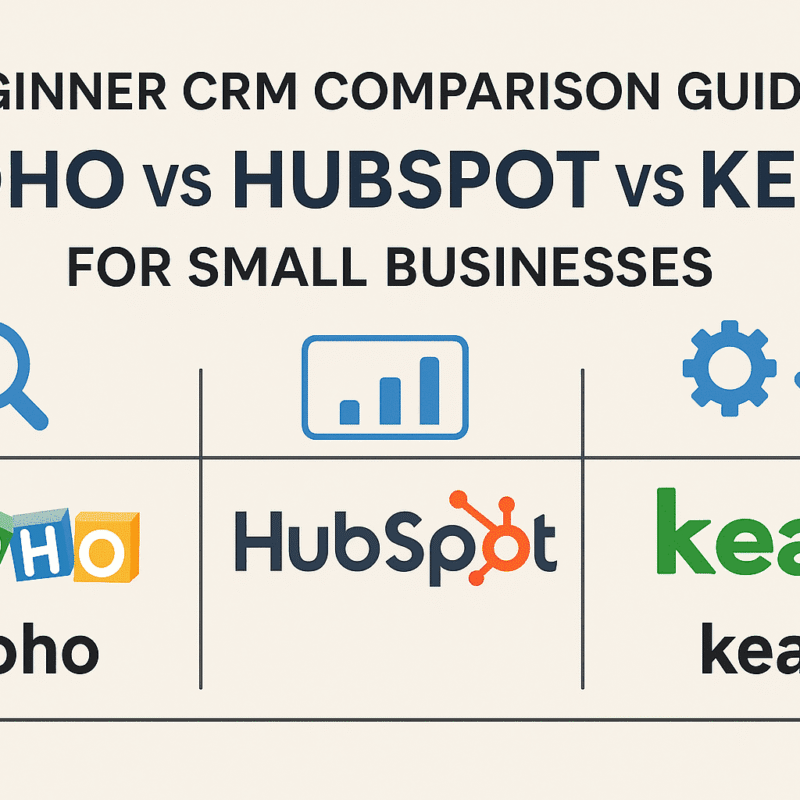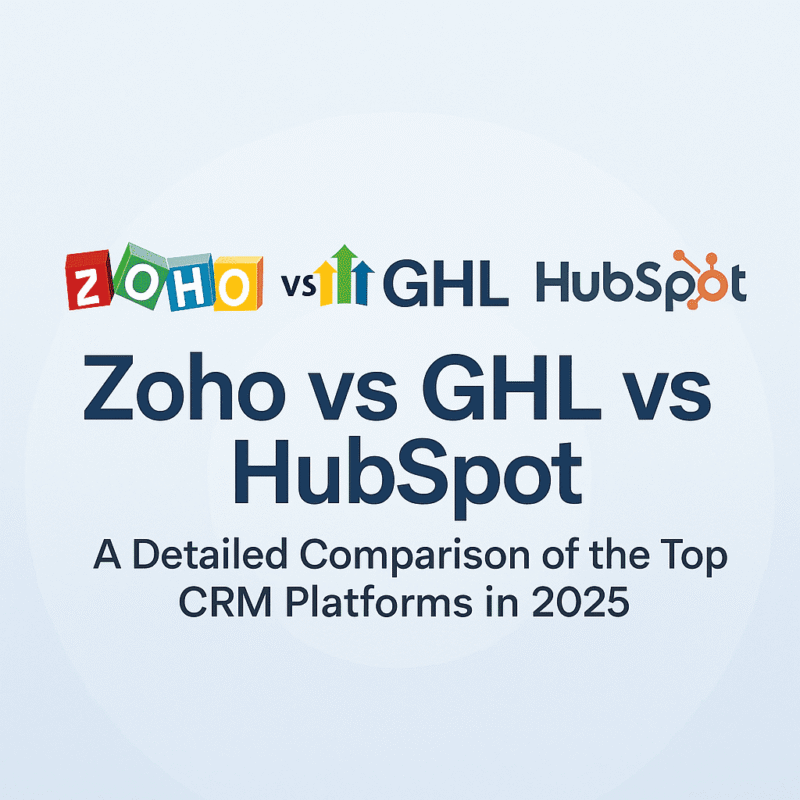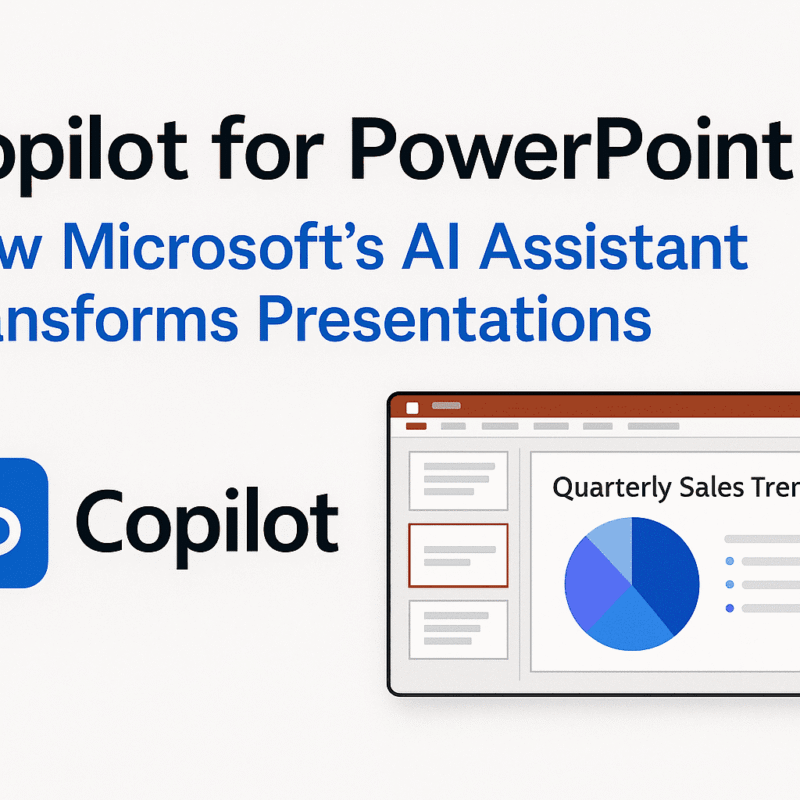How to Use Headless WordPress with React and Next.js (Complete Guide)
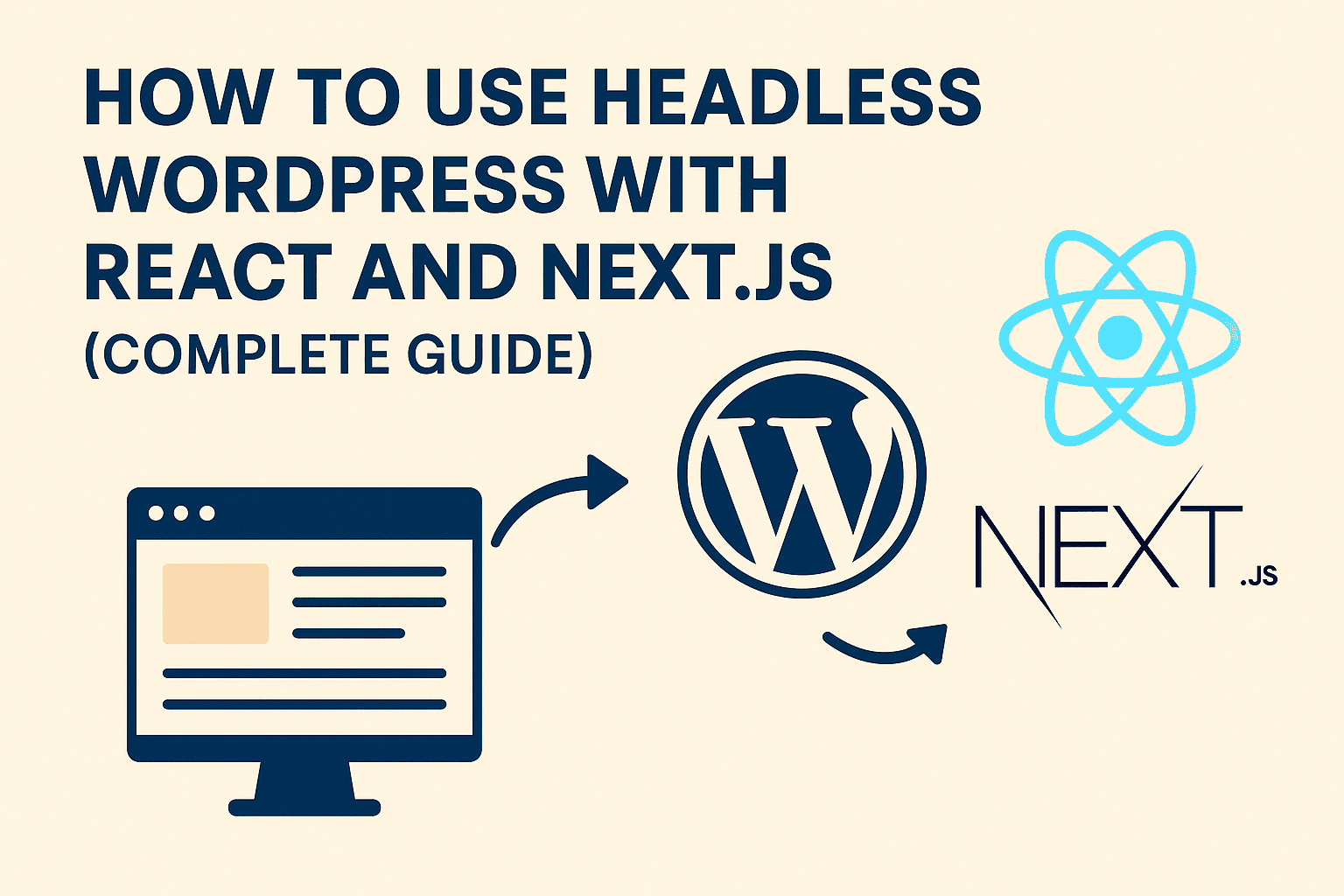
Looking to supercharge your website with modern technology? Headless WordPress with React and Next.js gives developers the power to build fast, flexible, and scalable websites using WordPress as a backend CMS and React or Next.js as the frontend. In this guide, we’ll break down why this combination works so well and how you can set it up for your next project.
🔍 What is Headless WordPress?
Headless WordPress refers to using WordPress strictly as a content management system (CMS)—with no reliance on its default front-end (PHP themes). Instead, the content is fetched via REST API or GraphQL, and rendered on the front-end using a modern JavaScript framework.
⚙️ Why Choose Headless WordPress with React and Next.js?
Here’s what makes this setup powerful:
✅ Performance
React and Next.js provide server-side rendering (SSR), static site generation (SSG), and client-side routing, resulting in blazing-fast user experiences.
✅ Scalability
Using WordPress as a CMS lets you scale your backend independently. Ideal for eCommerce, enterprise sites, and high-traffic platforms.
✅ SEO Optimization
Next.js supports server-rendered pages, which are SEO-friendly—overcoming a common problem with SPAs.
✅ Developer Experience
Modern frameworks allow better code reuse, faster deployments, and component-driven architecture.
🧰 Tools & Stack You Can Use
WordPress (Self-hosted or Headless WordPress platforms like Strattic or WPEngine Headless)
GraphQL via WPGraphQL Plugin
REST API (native in WordPress)
Next.js (Recommended for production-ready SSR/SSG sites)
React (For component-based SPA)
Vue.js (If you prefer Vue ecosystem or Nuxt for SSG)
🛠️ Step-by-Step Setup Overview
1. Set Up WordPress Backend
Install and configure your WordPress instance. Install plugins like:
WPGraphQL (for GraphQL)
Advanced Custom Fields (ACF)
JWT Authentication for REST API security
2. Build Your Frontend App
Choose your framework:
For Next.js, use next/headless-wp
For React, fetch data using
fetch()from REST or Apollo GraphQL clientFor Vue, use Nuxt.js to support SSR and SSG.
3. Connect Frontend to Backend
Use APIs to fetch dynamic content. For example:
// Next.js example (using REST)
const res = await fetch(‘https://yourdomain.com/wp-json/wp/v2/posts’);
const posts = await res.json();
4. Deploy
Use platforms like:
Vercel (for Next.js)
Netlify (for Vue or React)
Host WordPress backend on shared hosting or managed WordPress hosts.
🚀 Use Cases
Blogs & News Portals needing fast load and SEO
eCommerce (via WooCommerce API)
SaaS Websites with personalized dashboards
Marketing Sites with dynamic content
🔐 Bonus: SEO + Security Tips
Use Yoast SEO or RankMath on WordPress
Always secure API endpoints (JWT, OAuth)
Enable CORS policies carefully
Use SSG wherever possible for faster load and better SEO
🎯 Final Thoughts
Headless WordPress with React, Next.js, or Vue is not just a trend—it’s a smart architectural choice. You get the content flexibility of WordPress and the performance edge of modern frontend frameworks.
Looking for expert help? At CodeScaleUp, we help businesses unlock the true potential of headless WordPress architecture.

